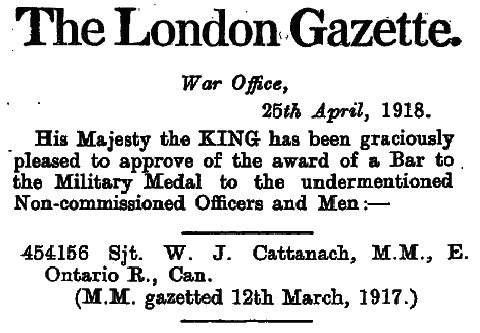For the event, I had put together a simple scenario that I hoped would be a fairly painless introduction to the rules, providing enough challenge to be fun while not being so brutal as to discourage the beginning player. As the subject, I picked the very first ever trench raid, as mentioned by Anthony Saunders in his Raiding on the Western Front.
This action took place in early November 1914 near Festubert. A German unit had pushed a sap forward towards the British lines and placed a machine-gun there "which was causing annoyance", according to one source. The 2nd Battalion, the Black Watch staged a small attack to capture or destroy the gun and its position.
Ash and Bryan had two sections of Highlanders to clear the sap and its supporting trench. They advanced side by side separated by a road, one section crossing an open field and taking cover in a tree line while the second section occupied the ruins of a farm about 50-60 yards from the sap.
The Germans had a good deal of trouble with their MG. They fired off a couple of bursts at one section of Scots as they advanced to the treeline, but after dropping a couple of kilties, they suffered a stoppage that lasted through the rest of the game. The supporting gruppe of riflemen did their best to stave off the inevitable, but with the MG out of action, the Germans were like the Lady of Shallot--their doom had come upon them.
I had tried to give the British an edge (justified by their success in the historical event) by including both the Up and At 'Em and Mad Minute cards. These proved crucial, as they allowed the British to get in position under cover and to pour a steady stream of fire onto the German positions that even their trenches could not wholly shelter them from. Eventually, the Highlanders just shot the Germans to pieces, with the German NCOs being shot down last, one by one, as they tried desperately to get their gun back in action (once the German units were gone, I allowed the British to shoot directly at the German Big Men). The Hun lost the MG, the sap, and the trench, with all ranks wounded or killed. The British took four casualties, much the same as in the historical raid.
I was quite happy with the result. It was intended to be a British win from the beginning, but I was impressed that the players managed (with help from the dice gods) to keep so close to the original British casualty figures. I think the scenario works well as a starter piece, a short scenario with the beginner as the British and an experienced player in the German role (and, if necessary, acting as umpire--it's not about winning and losing, so he can stand to be impartial). We skipped out on using blinds and spotting in our game, so as to limit the complications, and since they would be likely to be of short duration in any case.
Incidentally, on digging around for more information on the original action, I found a brief passage in Mereweather and Smith's The Indian Corps in France that describes the action and gave me an additional piece of information.
Before dawn on the same day, a similar raid on a smaller scale was carried out by the 2nd Black Watch, with the object of capturing or destroying a machine gun which was tormenting our men. Captain Forrester with twenty men rushed the German trench, and had a hand-to-hand scrimmage with the enemy, of whom they killed ten. The gun, however, had been removed, and the party were lucky to get back to their own trench with only Captain Forrester and one sergeant wounded.
Another account (A History of the Black Watch (Royal Highlanders) in the Great War, 1914-1918, A.G. Wauchope, ed.)says
The chief incident in the left section was a night raid made on the German trenches by some twenty men of No. 2 Company under Captain Forrester, with the object of destroying a machine gun which was causing annoyance from a sap pushed up close to our line. The raid took place on November 9th. Captain Forrester was wounded through the lungs as the raid started, but continued to lead his men, who reached the German trenches and killed ten of the enemy in hand-to-hand fighting; the machine gun had, however, been removed. The party returned with Captain Forrester, Sergeant Wallace, and one private wounded.
So, in fact, our stoppage had had a fairly historical effect--the original German defenders had not had the advantage of an MG to defend themselves with--and neither did our fictional Germans!



